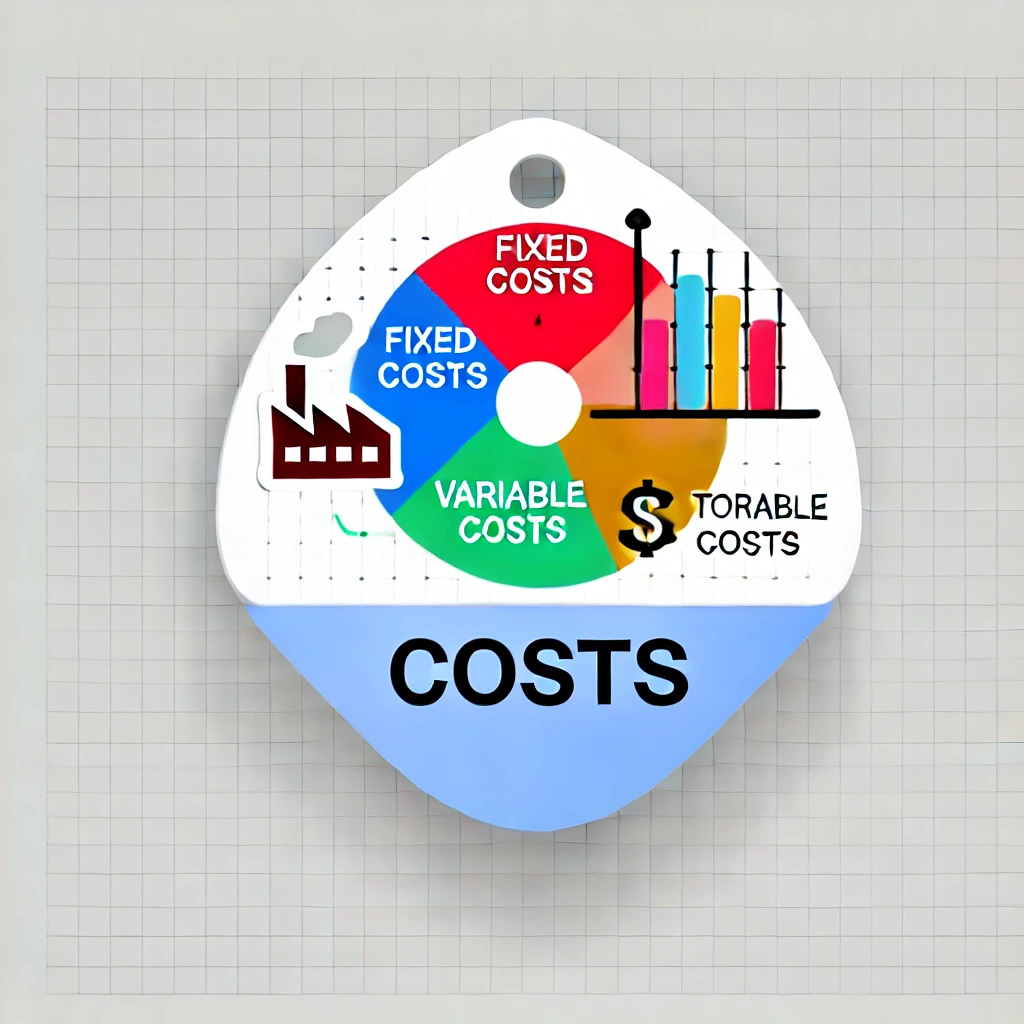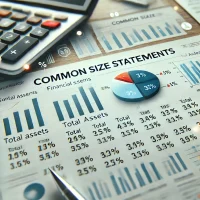Accounting costs are the monetary amounts of expenses a business incurs to produce revenues. Costs are a critical concept in both financial and managerial accounting since they have implications on profitability, budgeting, and financial decision-making. Costs are classified as outflows of resources in accounting and allocated for better financial analysis and reporting.
What Is Cost in Accounting?
Costs in accounting refer to those resources used by a business in the performance of operations or the production of commodities. They refer to expenditures that are directly incurred when producing products or offering services. Businesses constantly analyze and track costs to determine profitability rates and, in turn, make prudent financial decisions. Costs enable firms to set proper selling prices and allow them to prepare budgets and, subsequently, control their finances.
In cost accounting, costs are classified and accumulated for various objectives, including product pricing determination, control of costs, and other decision-making needs. A business has to manage its costs properly to remain profitable and on course for growth. Costs come in different kinds, all of which operate in varied ways in doing business and in financial accounts.

Types of Costs
Understanding the different types of costs is crucial for cost control and management. The most common classifications are:
1. Fixed Costs
Accounting costs are the monetary amounts of expenses a business incurs to produce revenues. Costs are a critical concept in both financial and managerial accounting since they have implications on profitability, budgeting, and financial decision-making. Costs are classified as outflows of resources in accounting and allocated for better financial analysis and reporting.
2. Variable Costs
Variable costs depend on the amount of production or service activity. It refers to the cost of output, including raw materials, direct labor, and utilities. For example, as the level of production of a product increases, so will the cost of the materials needed for the product.
3. Operating Costs
Operating costs are the day-to-day expenses incurred during normal business operations. They are divided into two categories:
- Operating expenses, such as rent, utilities, and office supplies.
- Cost of goods sold (COGS), which includes direct labor, raw materials, and manufacturing overhead.
Operating costs are vital for businesses to maintain smooth operations and ensure products or services are delivered to customers.
4. Direct Costs
Product costs can easily be attached to specific products, services, or activities. Typical costs include raw materials; wages for production employees; and equipment specifically allocated for manufacturing. These types are significant in the cost accounting for production and fixing a price.
5. Indirect Costs
Indirect costs are not costs that can be directly put against any product or service. Examples of indirect costs include administrative salaries, utilities, and maintenance expenses. Indirect costs are spread across various departments or activities using appropriate costing methods.
Which Types of Costs Go Into Cost Accounting?
Cost accounting is an activity that deals with the collection, analysis, and control of costs to help improve efficiency as well as profitability. Among the major cost-related activities are the tracking and classification of various costs against different departments or products for which they have been made. The types of costs that are used in accounting are:
- Product Costs: These are direct materials, labor, and manufacturing overhead associated with the goods being produced. The product costs are capitalized as inventory and matched against revenues when sold within the accounting period.
- Period Costs: This is the kind of cost that is charged in the period in which it is incurred. Period costs often include administrative and selling-type expenses such as rent, office stationery, and salaries, among others.
- Standard Costs: Standard costs, too are a part of cost accounting. These pre-determined costs are estimates based on materials, labor, and overheads. These standards help in comparisons with the actual costs and identification of variances so that productivity is enhanced.
- Joint Costs: Joint costs arise in cases where there are a number of products produced with the help of a single input during the production process. The different products resulting from the joint process will have to be shared on a proportionate basis between them, and this might be done according to relative value or through some cost allocation method.
Cost Accounting vs. Financial Accounting
While both cost accounting and financial accounting play vital roles in a business, they differ in purpose and focus.
Cost Accounting:
- Purpose: It is used for internal reporting, which helps in controlling costs, budgeting, and making decisions. The report will give a comprehensive breakdown of any business’s production cost. Thus, helping them better their operations.
- Users: The primary users are the managers and other stakeholders of an organization who would love to enhance efficiency and profitability.
- Focus: A comprehensive breakdown of costs associated with specific products, services, or activities. It emphasizes cost behavior, cost control, and variance analysis.
Financial Accounting:
- Purpose: Externally reporting and fulfillment of accounting standards. Generally, it provides an overview of the financials regarding the business performance.
- Users: It is presented to external users, which include investors, regulators, or creditors.
- Focus: These summarize the financial transactions on revenue, expenses, assets and liabilities in the statement of income and balance sheet.
While financial accounting reports the overall performance of the business, cost accounting delves into the finer details of costs, making it crucial for internal decision-making.
Costs in accounting are vital to managing a business’s financial health, as they influence pricing, profitability, and budgeting. By understanding different types of costs—fixed, variable, direct, indirect, and operating—businesses can better control expenses and make informed decisions. Cost accounting, in contrast to financial accounting, focuses on internal cost analysis to improve efficiency and cost management. Both systems, however, are essential for a comprehensive understanding of a business’s financial position.
Costs FAQs
What are operating costs in accounting?
Operating costs are the expenses related to the day-to-day functioning of a business, such as rent, utilities, and office supplies.
What is the difference between direct and indirect costs?
Direct costs can be directly linked to a product or service, while indirect costs are general expenses that cannot be attributed to a single product.
What are joint costs in accounting?
Joint costs refer to the expenses incurred during the production process that yields multiple products from a single input.
How do fixed costs differ from variable costs?
Fixed costs remain constant regardless of production levels, while variable costs fluctuate based on the level of output.
Which type of costs is used for pricing in cost accounting?
Product costs, which include direct materials, direct labor, and manufacturing overhead, are primarily used for pricing products.

